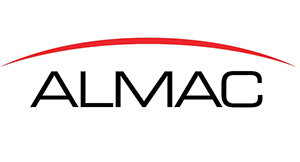Peptides are of growing interest in therapeutics, not only as actives but also as carriers. Alastair Hay, Almac, looks at peptide developments and production challenges.
Peptides are considered an attractive class of molecule as therapies because they can offer higher specificity and present lower toxicology issues than traditional small molecule drugs. Interest in peptide therapeutics has grown significantly in the past 20–30 years, with only one entry per year to market in the 1970s, rising to an average of nearly 17 per year in more recent times.1 Currently, there are around 60 therapeutic peptide products available on the market, with an estimate of several hundred in clinical and preclinical development.
Peptides are used not only as therapeutic APIs, but also as carriers of non-peptidic payloads. For instance, peptides recognised for their specificity for a particular cell surface receptor, or their ability to penetrate cell membranes, are used as transporters of small molecule APIs, cytotoxics or imaging agents in current clinical development programmes.
One of the main challenges to peptides as therapeutics – their lack of oral bioavailability – has led to innovations in product design to enable controlled release, or an increase in the inherent half-life of the peptide entity. These factors are contributing to increasing demand on peptide manufacturing across the industry.

